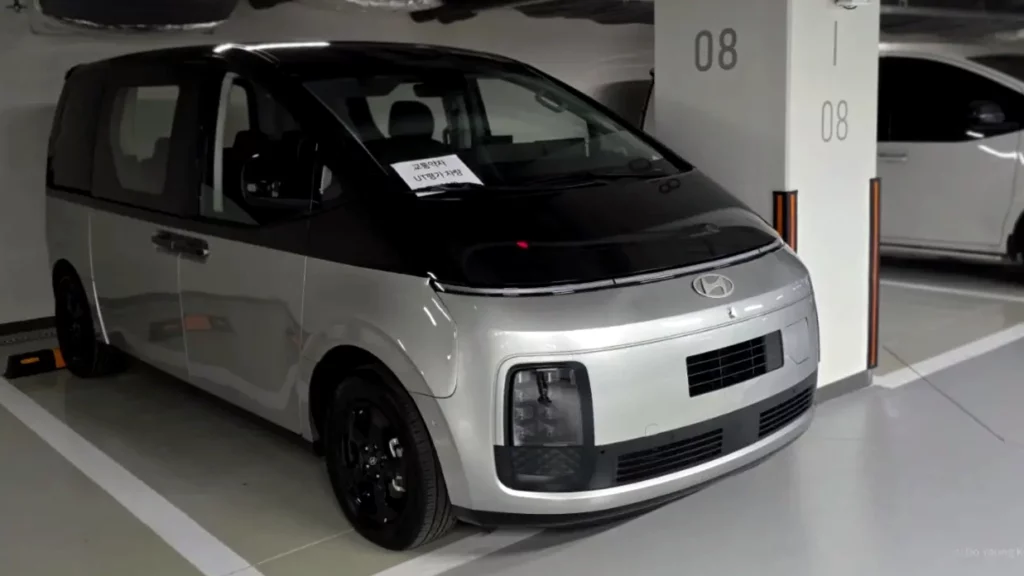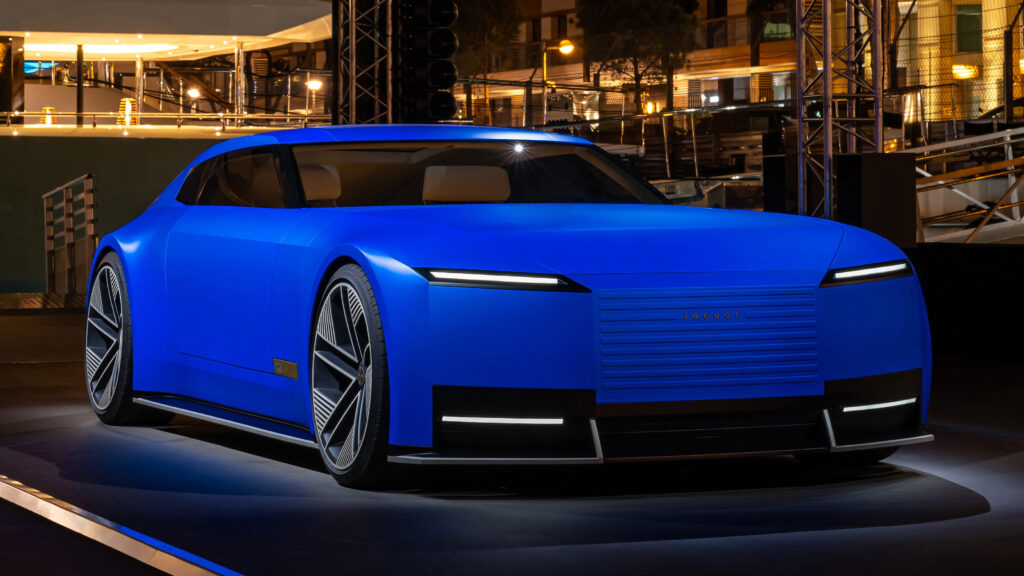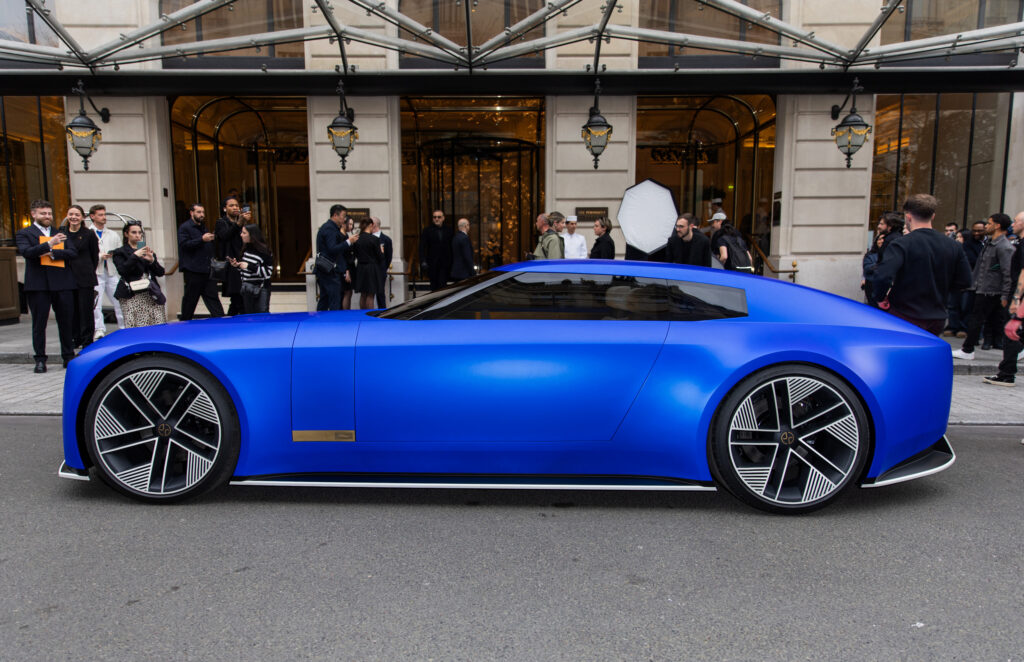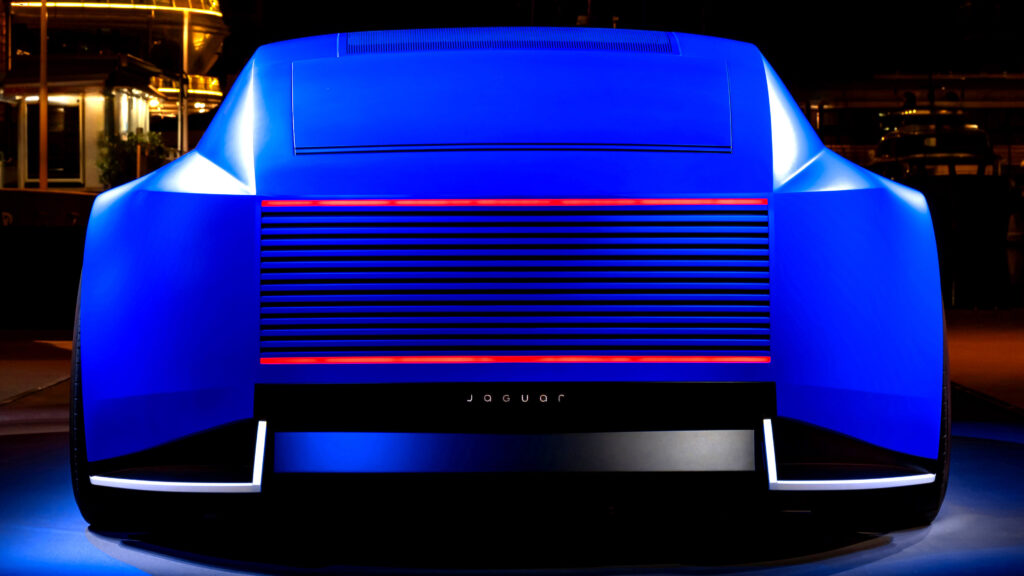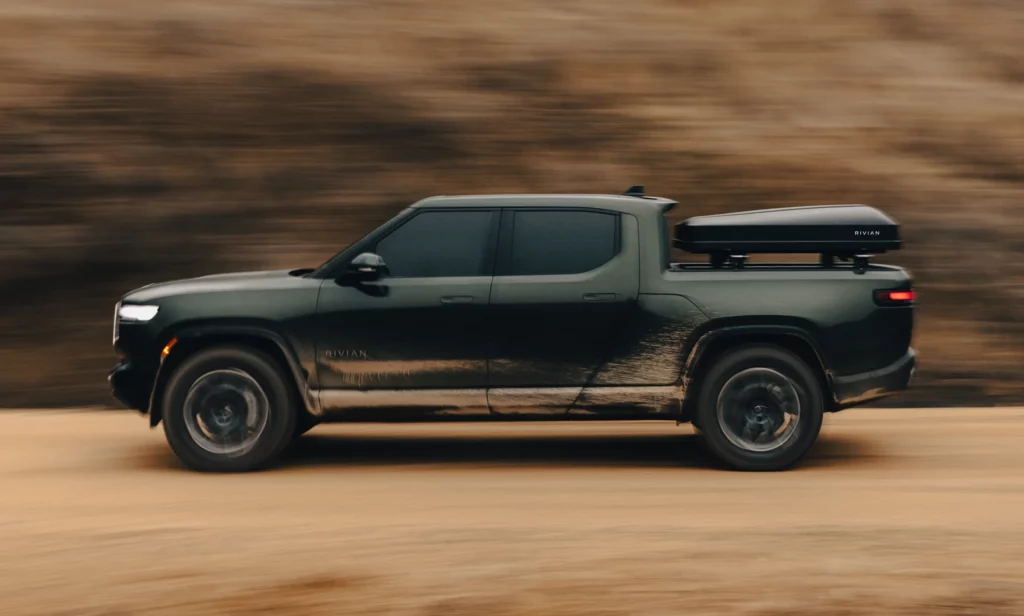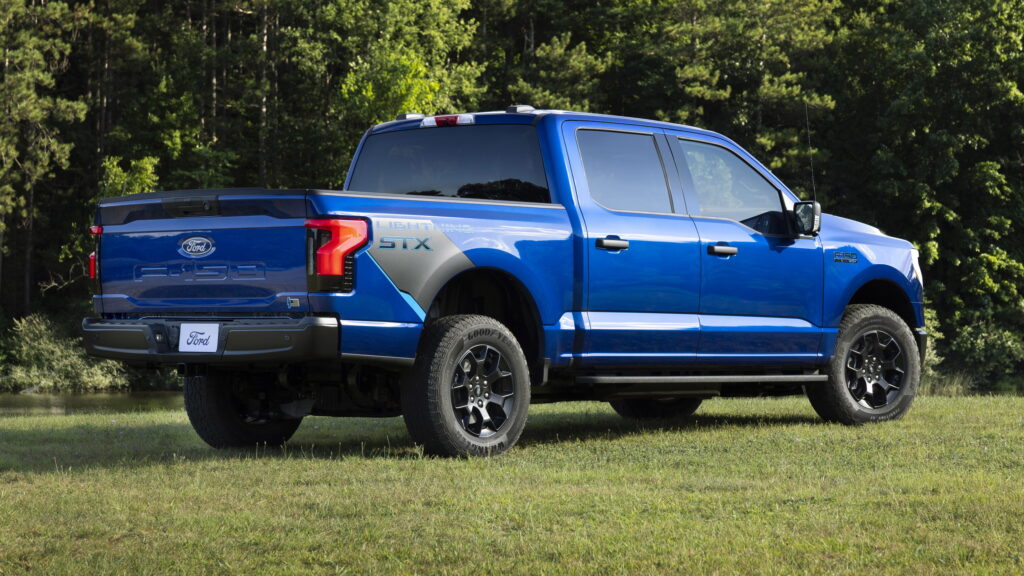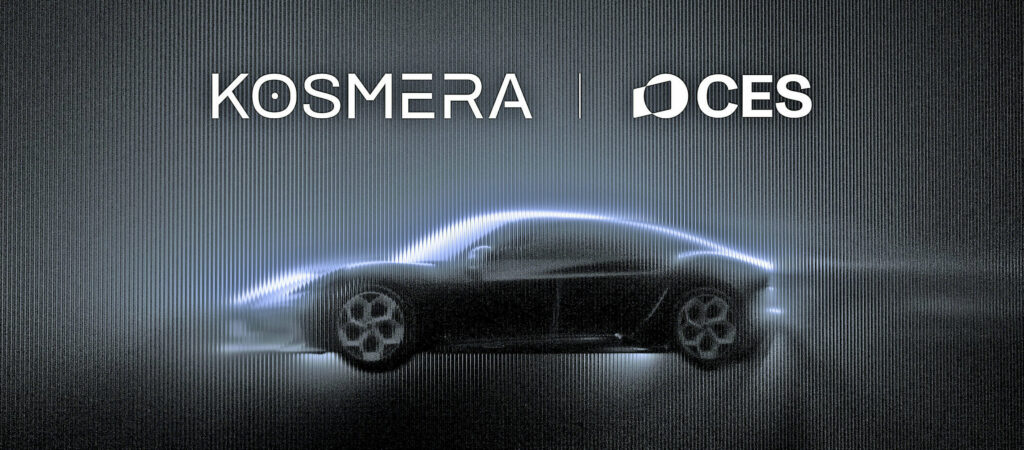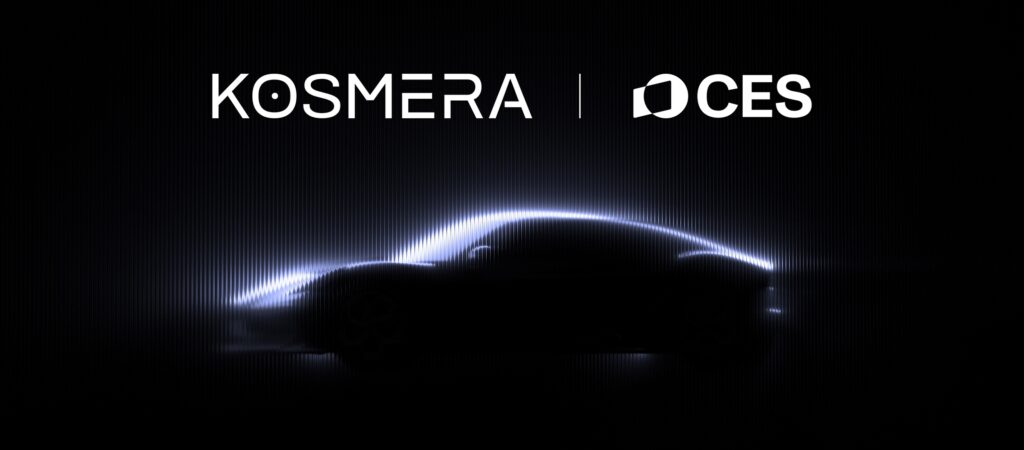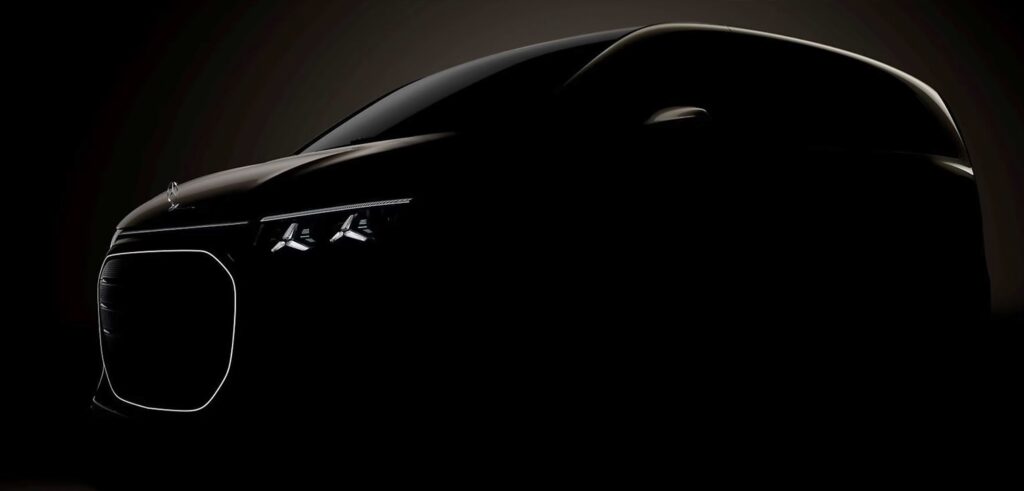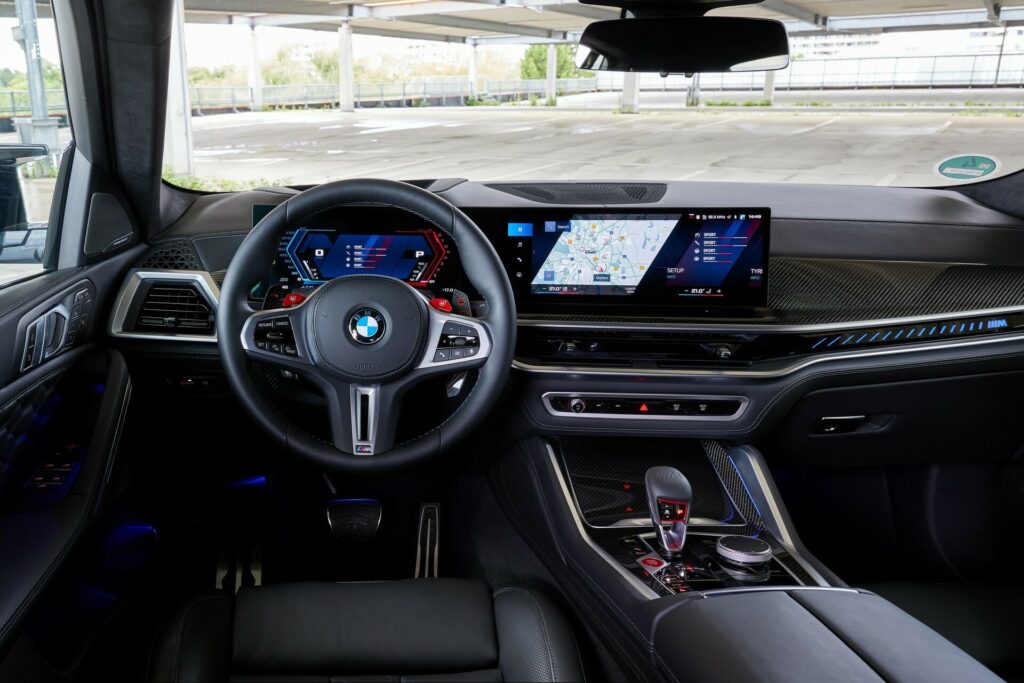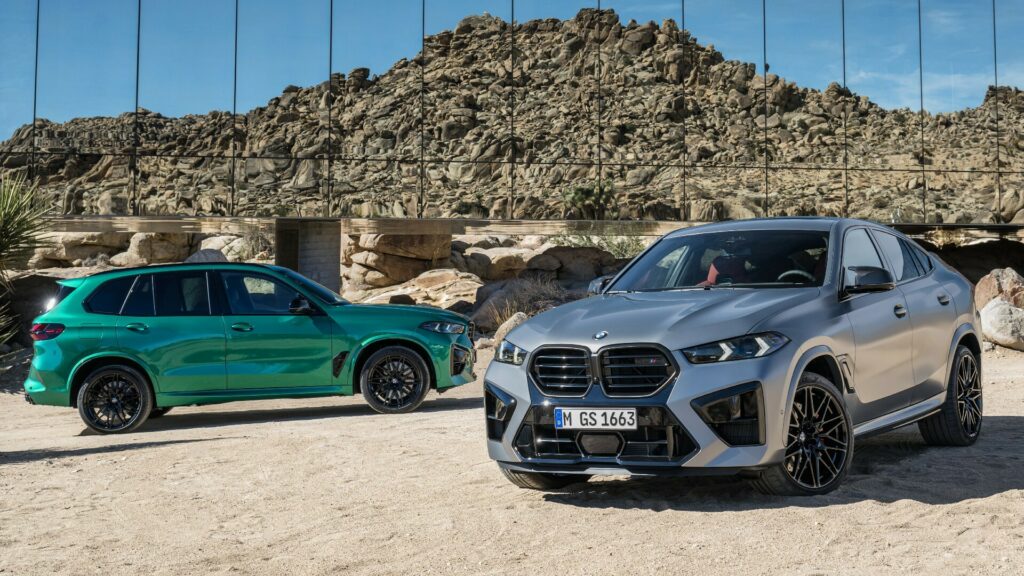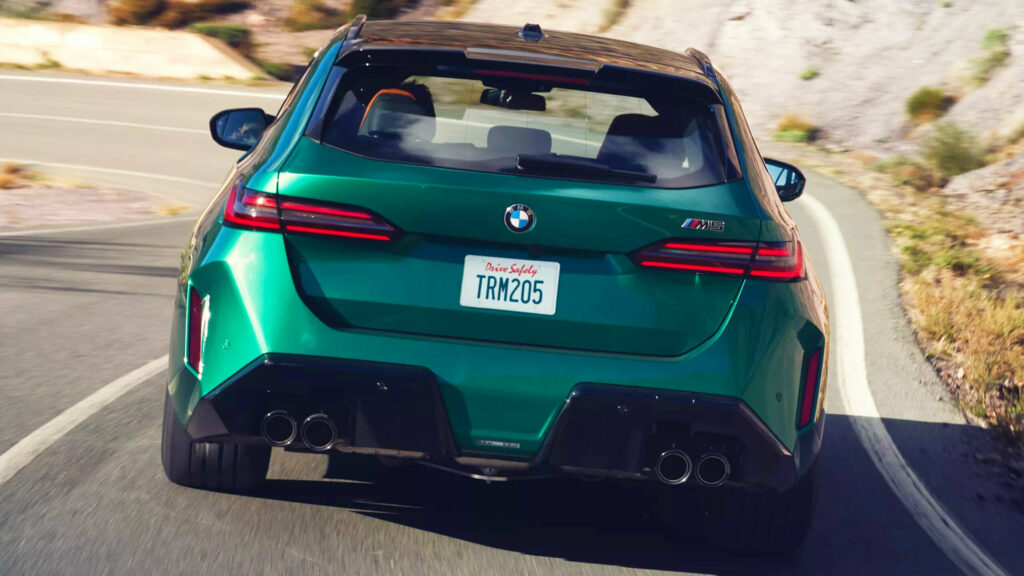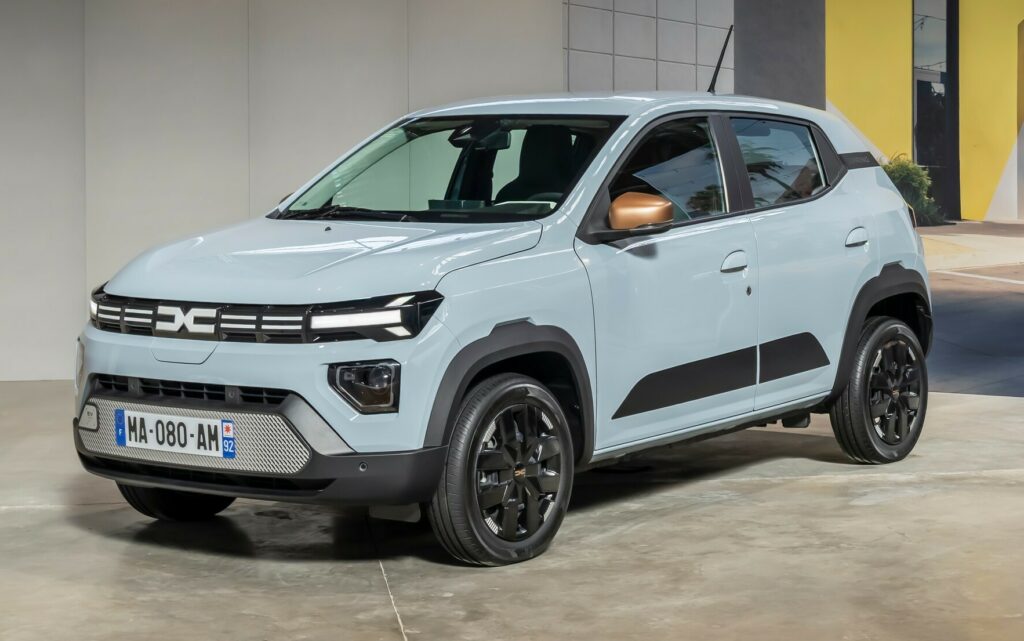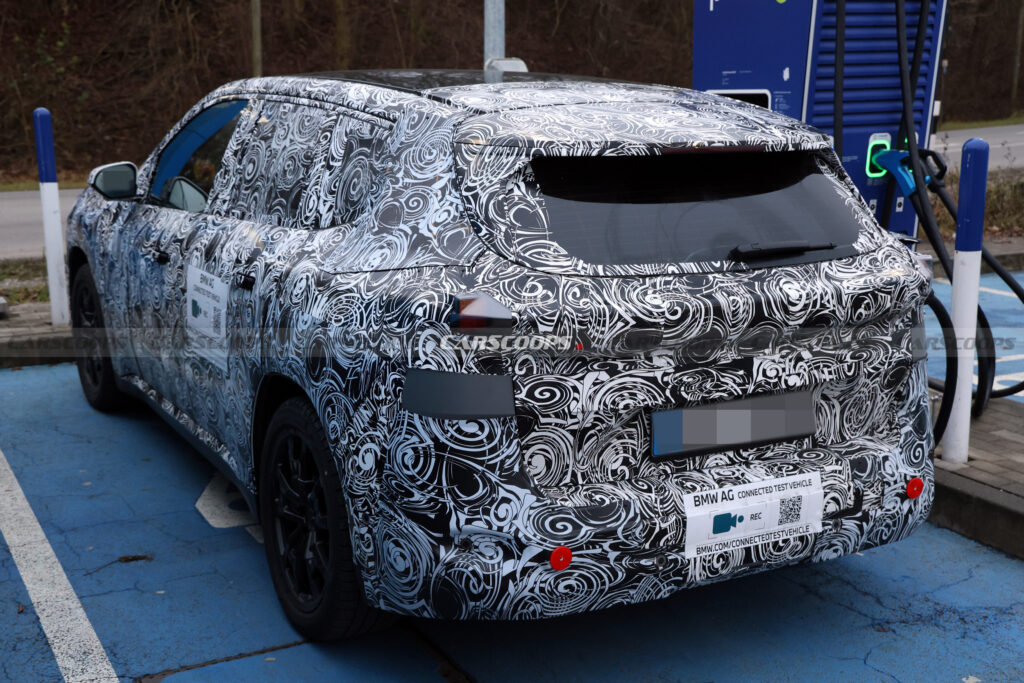Texans Roast Police Department’s New “Garbage Can” Cybertruck
- Cybertruck donated to Kemah police by Enterprise Leasing.
- Officers will test if it works for daily patrol operations.
- Some Texans doubt the Cybertruck’s battery can keep up.
Authorities in Kemah, a small city just southeast of Houston, will soon be cruising the streets in an American-made pickup truck, though it’s not the kind most Texans are used to seeing.
Rather than another lifted, gas-hungry behemoth, the Kemah Police Department has added a Tesla Cybertruck to its fleet. The move didn’t exactly spark hometown pride. Judging by the comments on the department’s Facebook post, locals are having a field day with the decision.
Read: Vegas Cops Just Got 10 Cybertrucks And Elon Had Nothing To Do With It
A growing number of police forces across the United States have started to add Cybertrucks to their fleets. Just a couple of months ago, police in Texas took delivery of ten highly-modified Cybertruck police cruisers built by Unplugged Performance.
A Different Kind of Cop Car

By comparison, the Cybertruck delivered to cops in Kemah looks completely standard, except for the police livery. They say that the truck was donated by Enterprise Leasing and that it will be used for testing to see if the Tesla works as a patrol vehicle.
Importantly, the police say they didn’t spend any taxpayer money on the acquisition. That hasn’t stopped residents from weighing in, many of them voicing strong opinions in the comments section of the department’s Facebook post.
What Do Texans Think?
“Lmaooo imagine the battery dying tryna chase someone,” wrote one commentor, while another posted “Y’all ain’t catching anyone in that.” There’s no word on what specify Cybertruck variant this is, but even if it’s the base model, we’re willing to bet it could easily be used to catch most motorists in Texas.

One Facebook user left this gem of a comment: “Hey guys, if anyone’s missing their refrigerator I found it, it’s having an identity crisis and is now trying to identify as a cop car.” Another wrote, “Flood waters, here we don’t come!”
One comment summed up the skepticism in classic internet style: “If that thing is chasing me, ain’t no way I’m stopping for a garbage can.”
Whether or not the Cybertruck proves practical for police work in Texas remains to be seen. The vehicle does offer notable performance and strong safety credentials, both potentially valuable in patrol scenarios. The biggest question may be around charging logistics, especially for a force built around the consistency and familiarity of combustion engines.




